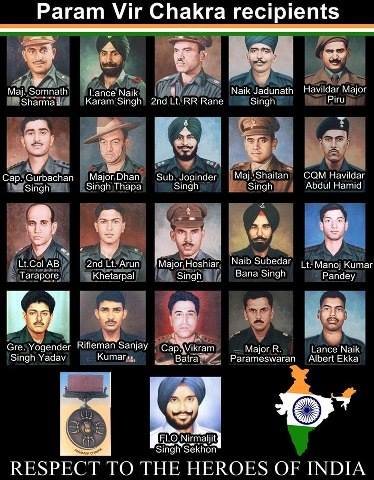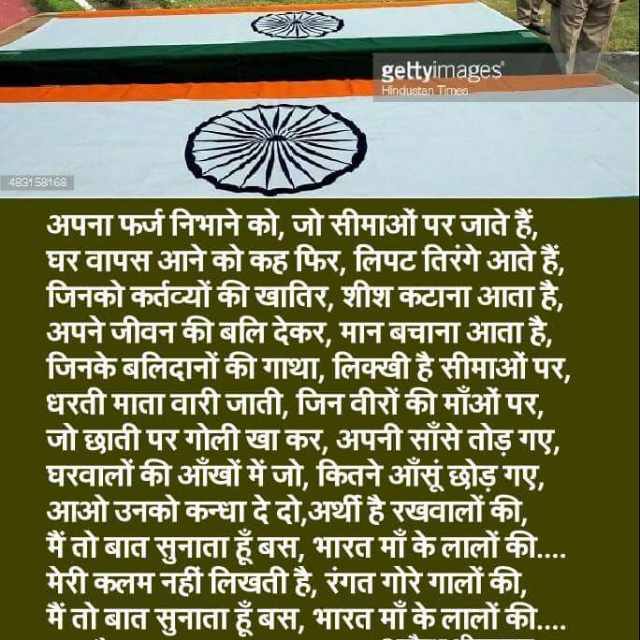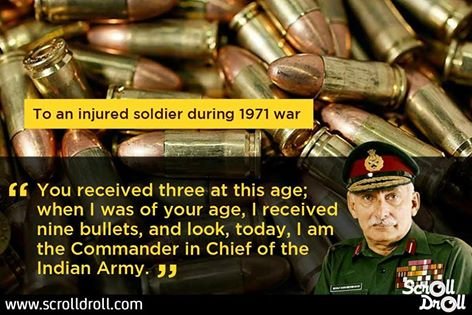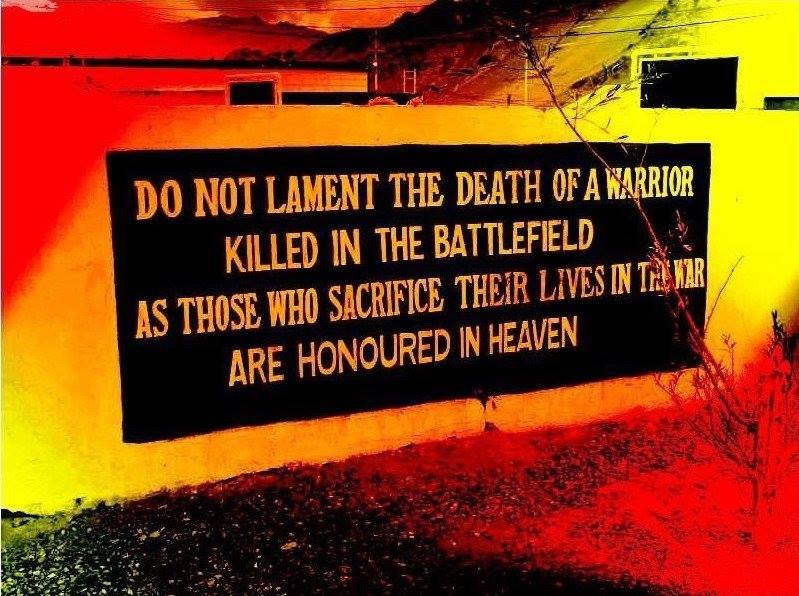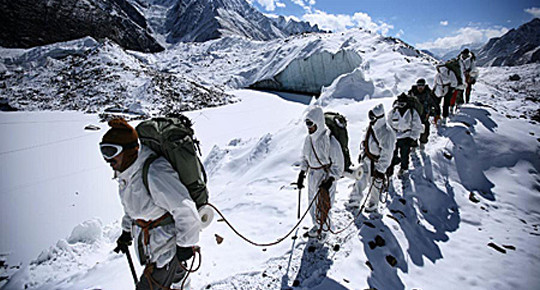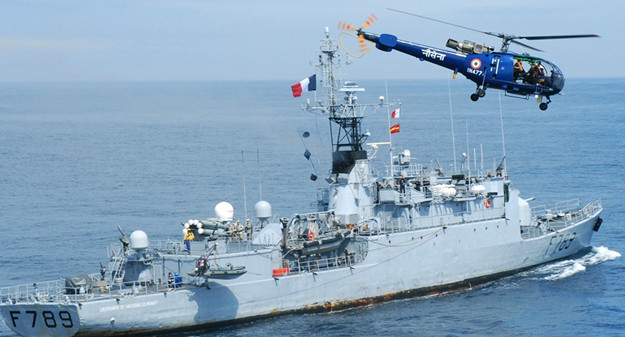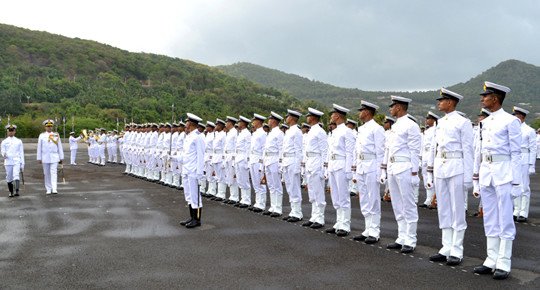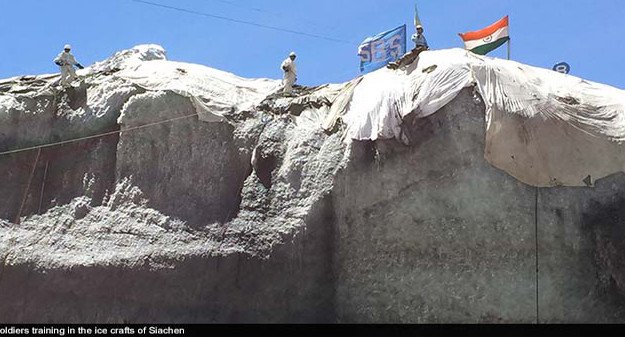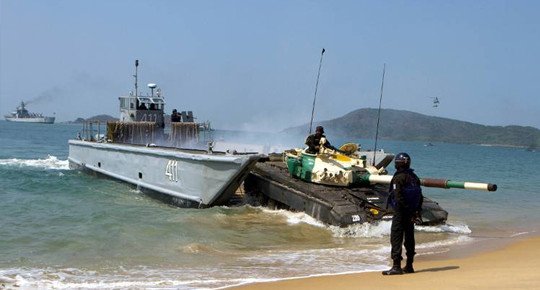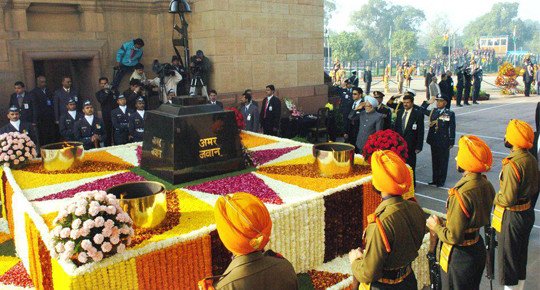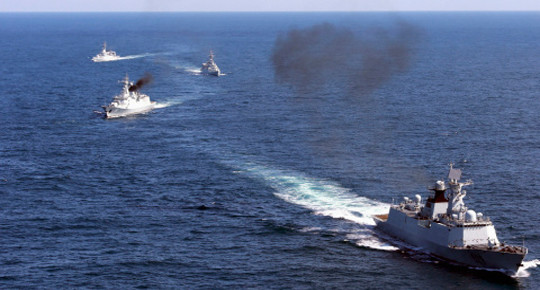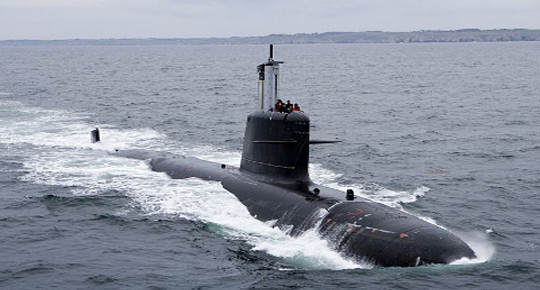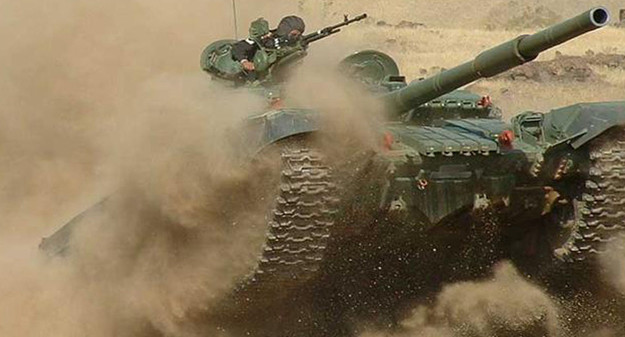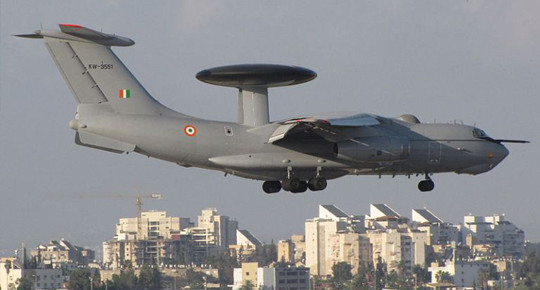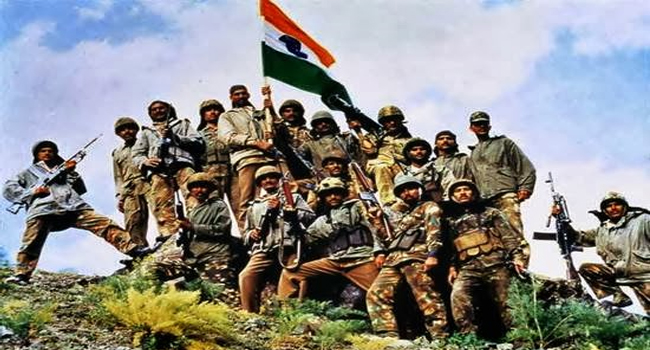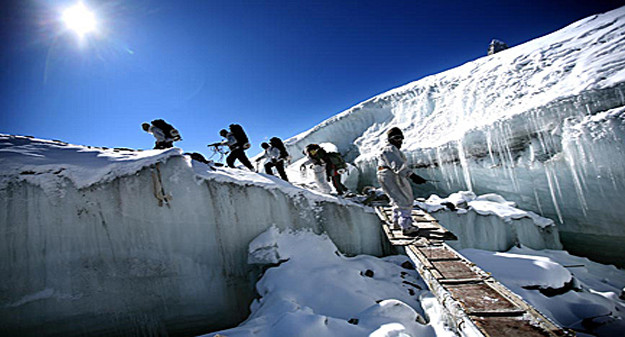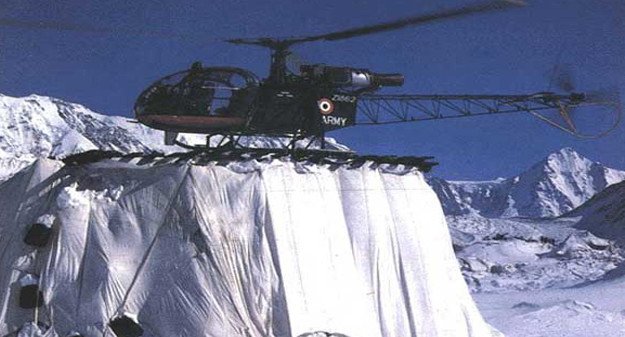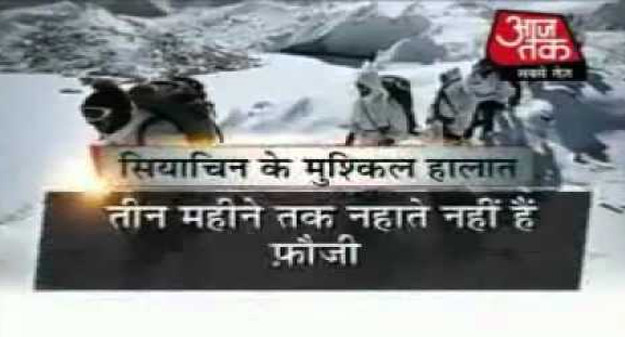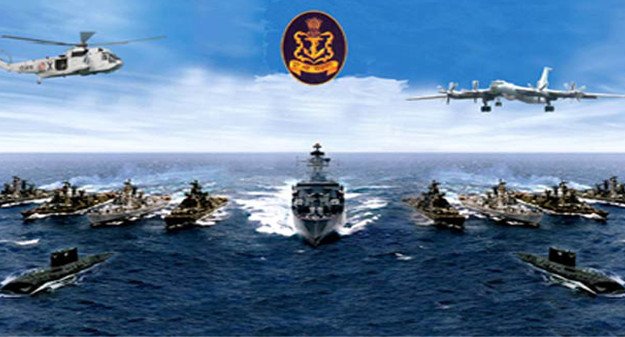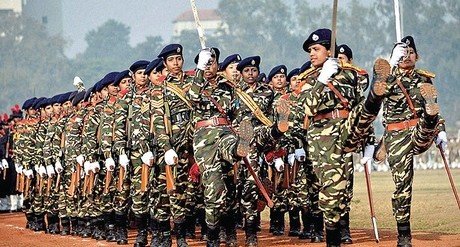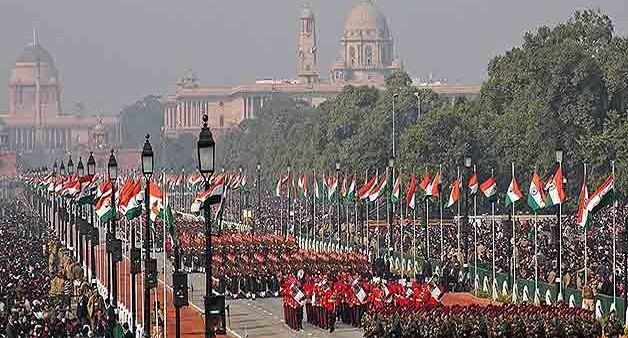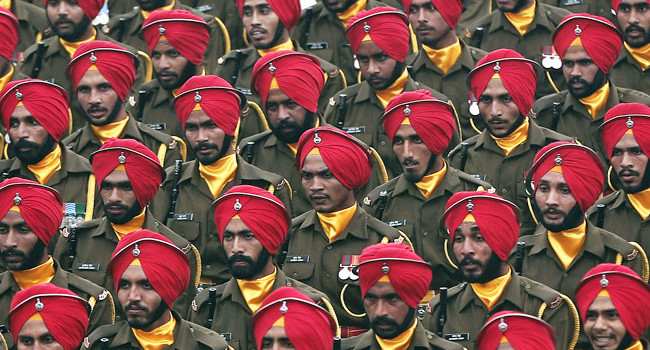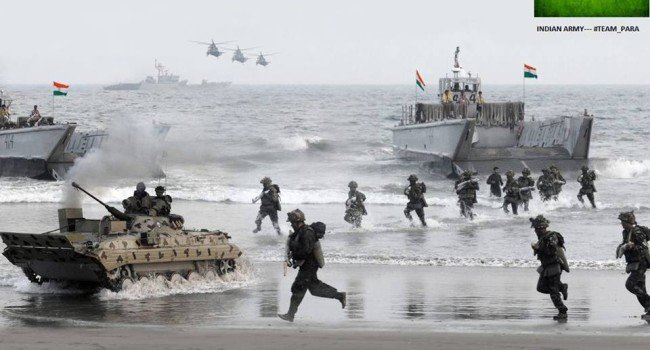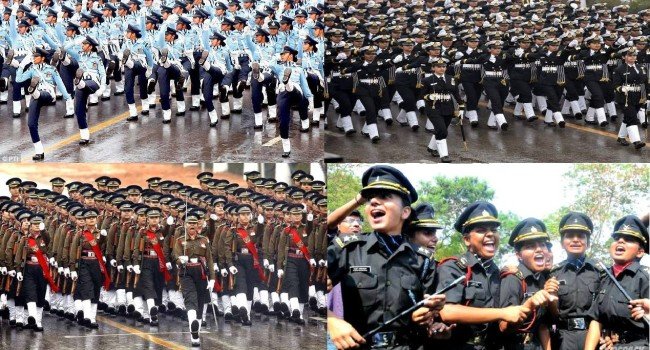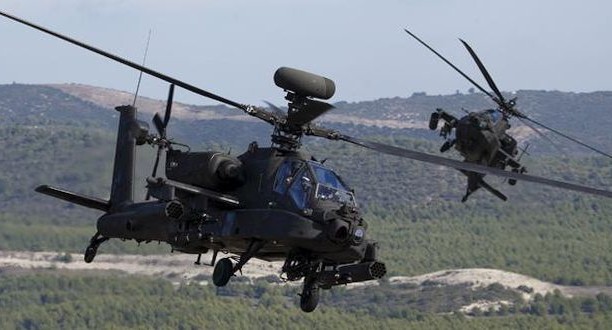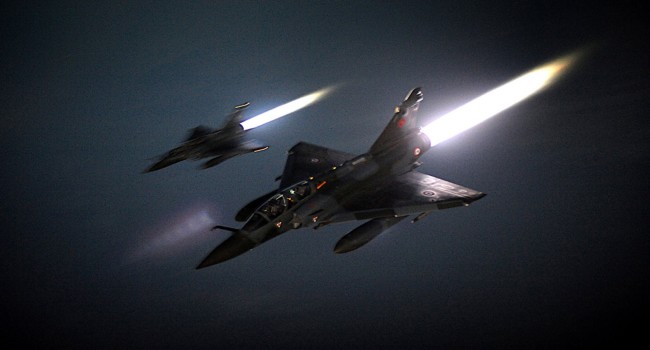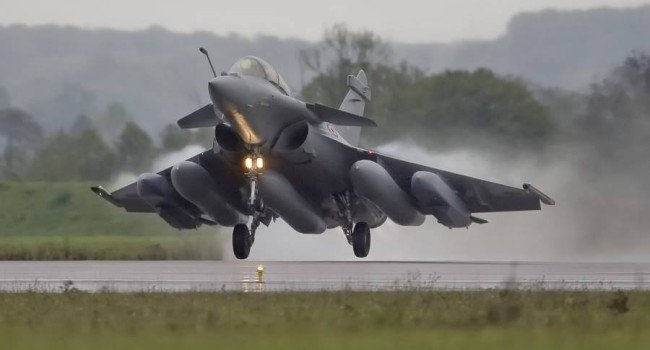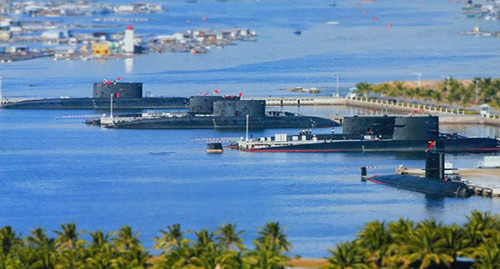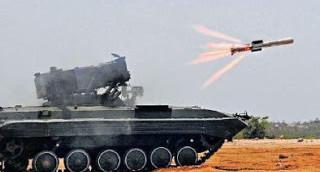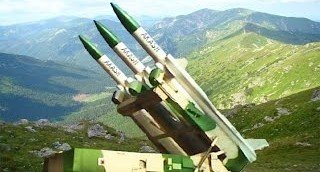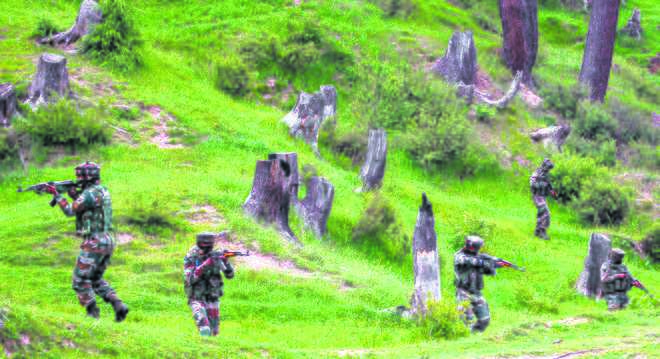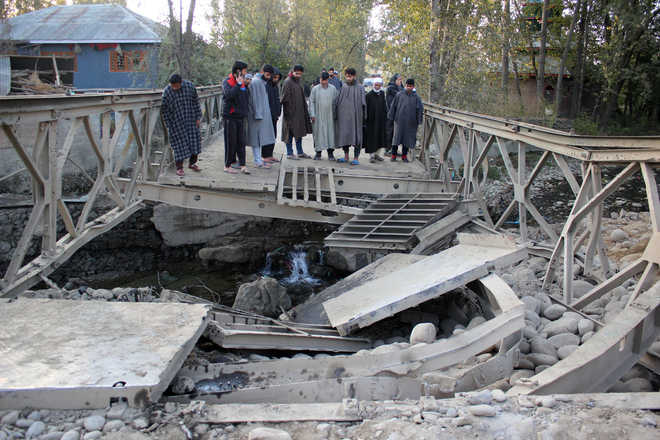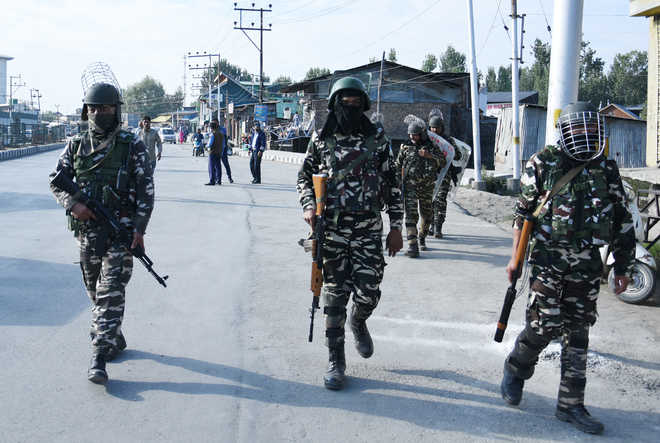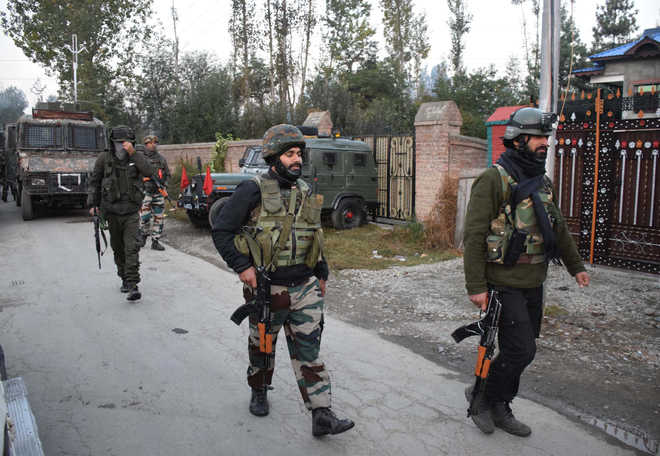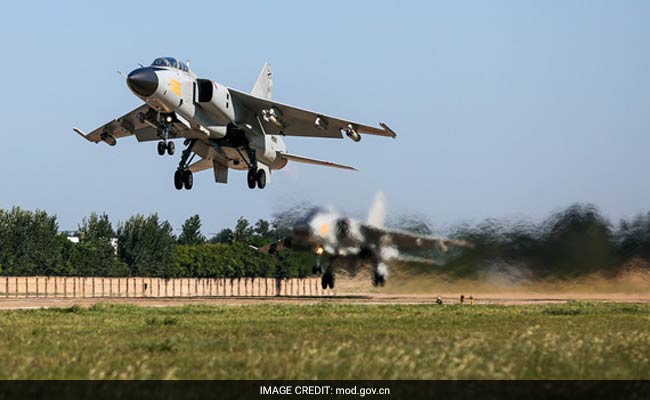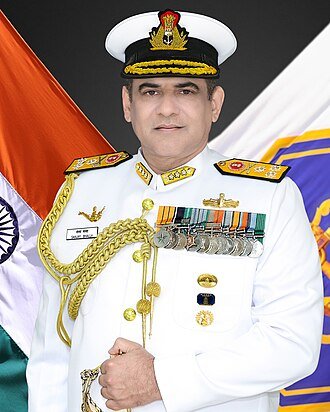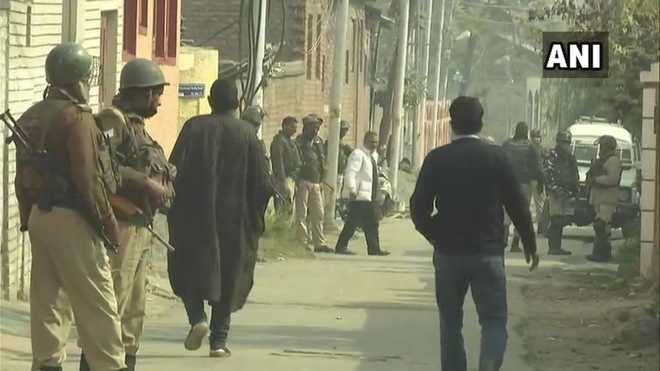
Srinagar, October 30
The National Investigation Agency on Tuesday carried out raids at three residences of absconding businessman and Hizbul Mujahideen militant Nasir Safi Mir and his family at Lal Bazaar area here in connection with a terror funding case, officials said.
Mir, 48, is accused of funding Hurriyat leaders and believed to have fled the country after jumping bail, they said, adding that the raids were carried out nearly 10 months after the case was re-registered by the NIA.
Details of the raids were not immediately available as the NIA teams assisted by Jammu and Kashmir Police and para-military forces were in the process of collecting documents from the three places where the raids were conducted, they said.
The NIA probe is likely to ascertain how Mir alias Babul managed to secure a passport from a southern state which he allegedly used in Nepal to leave for Europe in October 2008.
A resident of north Kashmir, Mir allegedly used carpet trade and later a money exchange business in Dubai for sending hawala money to separatist leaders in Kashmir. He was arrested from Lajpat Nagar by the elite Special Cell of Delhi Police on February 3, 2006. The police had seized Rs 55 lakh in cash and explosives from him.
During his trial, Mir managed to secure bail on a plea that his mother was ill.
Mir, who the investigators believe was based in Dubai and owns a carpet showroom and money exchange firms in the gulf, regularly reported to the nearest police station while on bail till early October 2008.
But after that, he failed to turn up at police stations or in court for hearings.
According to intelligence inputs, Mir reached Dubai in 2011, making a detour through countries in Europe and Libya.
Mir, against whom a non-bailable warrant was issued in 2009, travelled to Nepal from India, and then used the forged passport to fly out, the officials said.
A resident of Lal Bazaar on the outskirts of Srinagar city, Mir dropped out of school in 1983 to get into the carpet business. He continued with the trade till 1990 after which he shifted to the national capital and started living in the Lajpat Nagar area of south Delhi.
In the late 1990s, he went to Dubai after his father was arrested for alleged links with militants.
Mir had also told investigators that in Delhi he first opened a firm, Kashmir Master Computers, after which he set up a company, Failala, but closed it in 1998.
In 1999, he started a firm called Idekas and then opened an information technology company, he had said.
Police found that in 2002, Mir had opened two money exchange companies, Reems Exchange and Cash Express, in Dubai, which were allegedly used as a stopover for money being pushed in from Pakistan for terrorist funding in Jammu and Kashmir.
The Enforcement Directorate (ED) had in 2014 attached Rs 55 lakh that had been seized from Mir.
He was subjected to extensive interrogation by central security agencies during which he allegedly spoke about his links with separatists groups and banned terror outfit Hizbul Mujahideen.
According to the ED attachment order, the cash which was in the custody of the Special Cell was “proceeds of crime of terrorist funding and money laundering and hence stands attached”.
This is the first major action against terror funding in the country under the stringent provisions of money laundering laws where the onus is on the accused to prove that he or she is “not guilty”.
The attachment of cash or properties under the Prevention of Money Laundering Act (PMLA) is aimed at depriving the accused of the benefits of the assets earned unlawfully. PTI










